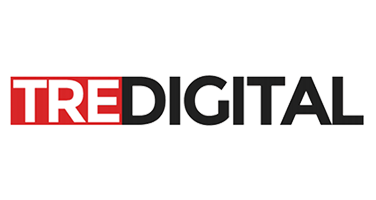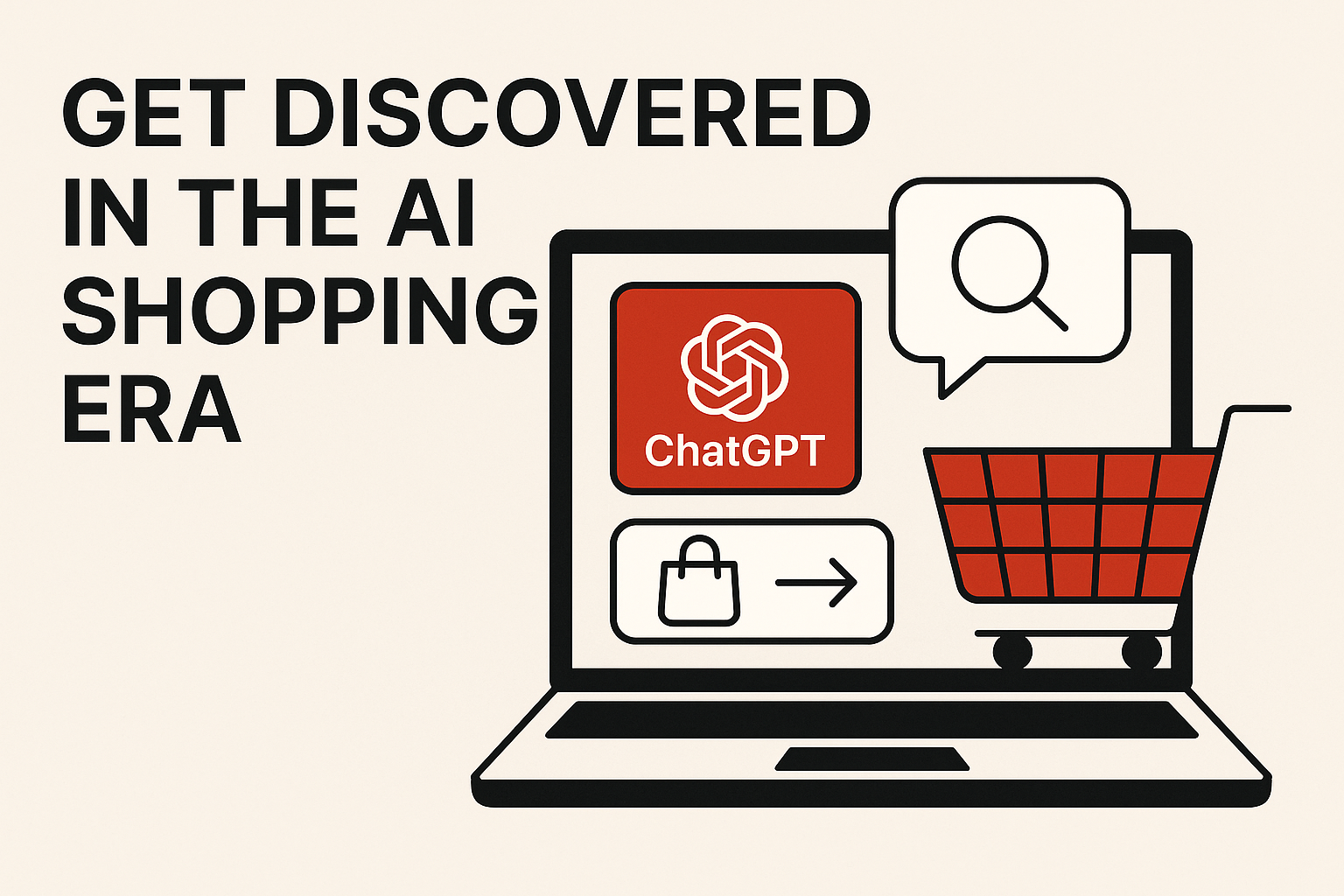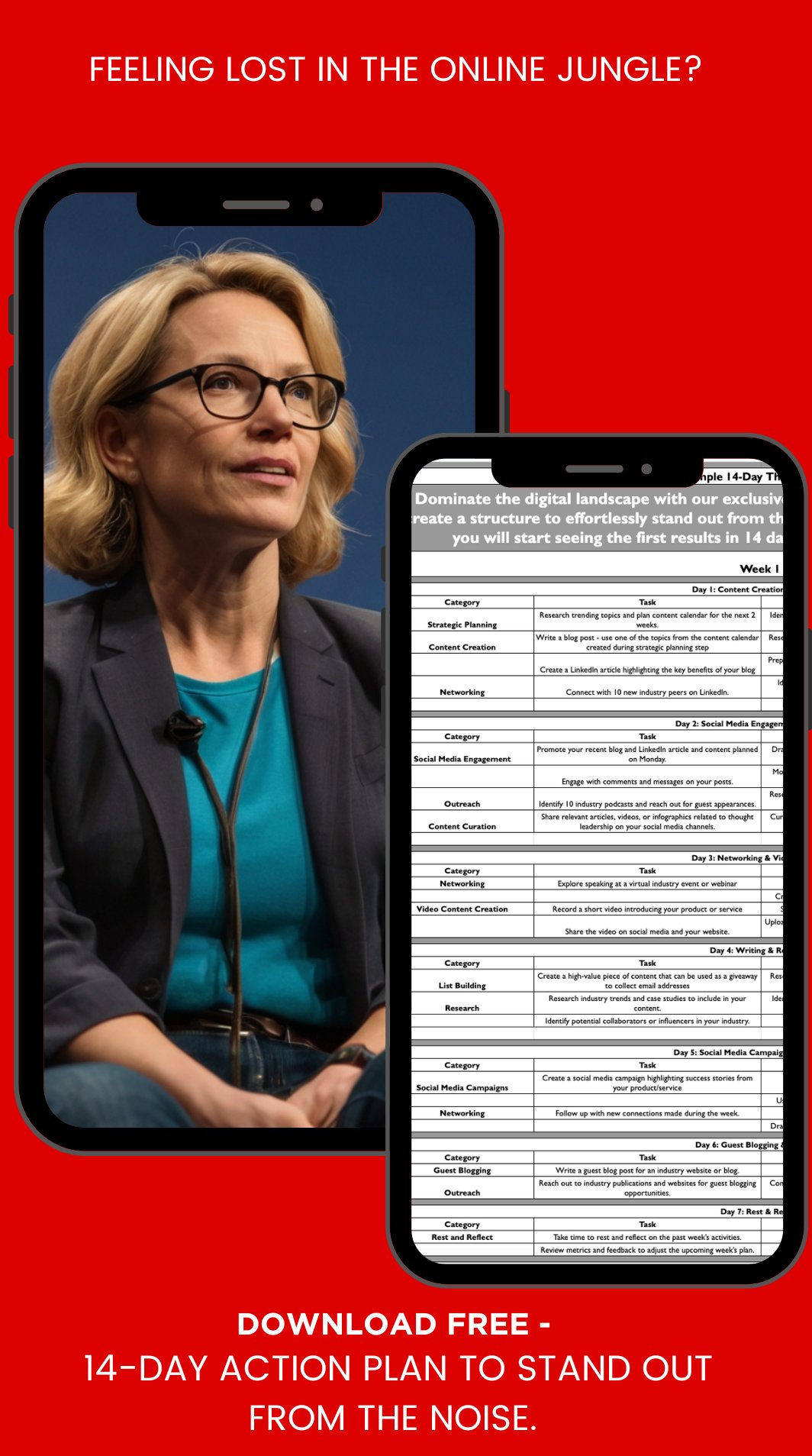Retargeting may scare Facebook users into thinking that you’re reading their minds or following their every move.
But (if done right) it is used for more than that.
Today, retargeting has spread throughout all forms of advertising. It is commonly used in marketing channels from Social Media to Display and Search advertisements. If you’re not using a retargeting service, you’re probably spending more than you should.
Table of Contents
ToggleWhat is Retargeting?
Retargeting allows you to track events on your website and target an audience with your advertisements based on those events.
The most basic of these events is a simple website visit.
Let’s say a user arrives at your website through a blog post shared on social media. This visit is a trackable event that you could monitor using a Facebook retargeting pixel. A pixel is a simple piece of code that you add to your website that tracks incoming traffic.
You could then use that data to create an advertisement on Facebook, Google, or any other website, to specifically target those users that have previously visited your website from that specific social media post.
This is the most basic form of retargeting. It can be far more complex than this.
Retargeting can be applied to almost all actionable events on your website. Some of the events that can be tracked and targeted with a retargeting campaign include:
● Form submissions
● Scrolling to a specific section on a page
● Purchases
● Clicks
● Specific page views/product views
● Add to cart events
The full extent of this list depends on the product or service that you’re using to set up retargeting pixels. Most services can track pretty much anything and the complexity of setting up the targeted differs drastically with each provider. Many retargeting products are point-and-click while others are more extensive and require developer-level experience to implement properly.
How Can Retargeting Benefit your Ads?
Whether you’re advertising on Facebook, Google, or somewhere else, retargeting can give you a significant edge over your competitors.
It allows you to create unique audiences for your ads based on previous engagement with your business. You can specifically target users that are at different points in the funnel and further push them toward completing the desired action, such as buying your product or service.
Imagine being able to reach users that added your product to their shopping cart but did not complete the purchase. These are users who had an interest in your product but experienced cold feet at the last moment, just before making a purchase. Some added trust and branding can go a long way in closing them.
Retargeting is how you push them forward.
When a user sees your ads on social networks, it may encourage them to reconsider.
How Does Retargeting Save Money?
With retargeting, you can create audiences that you wish to remove from your campaign based on different criteria.
For example, if a user has already purchased your product or service, you wouldn’t want to continue showing your advertisement to them. You save money by NOT paying for unnecessary impressions or clicks.
If they’re already engaged to the point of having completed a sale, chances are strong that their value is lower and should, therefore, be segregated in your ad campaigns.
You can also decide to upsell to your existing customers by showing them special offers and products.
Retargeting Tools
Google Tag Manager
Perhaps the most noteworthy of retargeting services is the FREE Google Tag Manager.
Integrated with Google Analytics, GTM allows you to track almost anything. It only takes a basic level of technical experience to configure.
Installing Google Tag Manager is as easy as adding a snippet of code to your website and getting comfortable with containers, tags, triggers, and variables in the administration area.
Once you’re familiar with how the platform works, it’s pretty easy to create trackable events for your website and use that data in your advertising campaigns. What’s best is it’s completely free and offered as a do-it-yourself solution by Google.
To help you get started, containers are where all of your tag manager activity exists.
It’s the “container” to where everything is set up. Tags are the actual snippets of code that will execute on a page where the event is being tracked.
Generally, a tag will run as soon as the page is loaded but if needed, this can be changed in the tag’s settings. Triggers are the conditions that have to be met before the tag will be executed.
You can define custom triggers such as scrolls on the page, clicks, form submissions, etc. Lastly, variables are data values that can be accessed. For instance, the “URL” variable will contain the URL of the currently loaded page. Variables give you access to any important data you plan to utilize for retargeting purposes.
Action Recorder from Customer Labs
Action Recorder is an alternative to the Google Tag Manager. GTM requires a lower experience level to get started.
It integrates with the most popular marketing channels and provides a point-and-click solution to tracking and retargeting users with your advertisements.
The advantage here is that there’s no coding required. The disadvantage is that there’s a monthly subscription cost.
Action Recorder can help you monitor any actionable events on your website and their plans are based on the number of events you need to track per month.
To get started, you simply copy and paste a Javascript code to your website and head over to their point-and-click UI to set up the event tracking. All the data captured can be sent to your ad campaigns on Facebook, your tracking account on Google Analytics, or other platforms such as Zapier or Webhooks.
The data collection can get very in-depth, such as tracking specific attributes of a product during add-to-cart events, such as quantity, price, or the revenue earned.
Action Recorder is a great retargeting tool for businesses that are in over their head with the Google Tag Manager and are looking for something simpler and easier to understand.
Other Retargeting Solutions
Many other retargeting solutions operate on the enterprise level and attempt to compete with Google Tag Manager and Google Analytics. Many of the themes are bloated, expensive, and not as straightforward as either of the above solutions.
However, if you’re looking for alternatives, you should consider Piwik Pro, Tealium IQ, Adobe Analytics, Woopra, or SimilarWeb.
About the Author
Dylan is the founder of Empowermented, where brands, businesses, and entrepreneurs go to be empowered. Their marketing guides and educational courses help more companies reach their full potential. Be sure to check out their blog content for thought-expanding insight.










